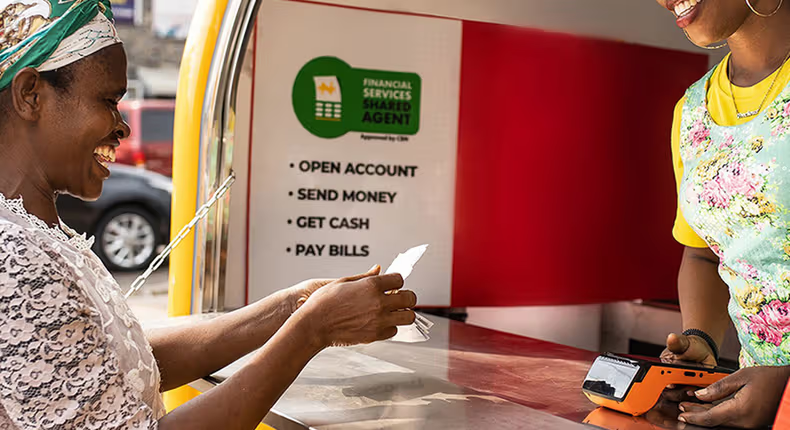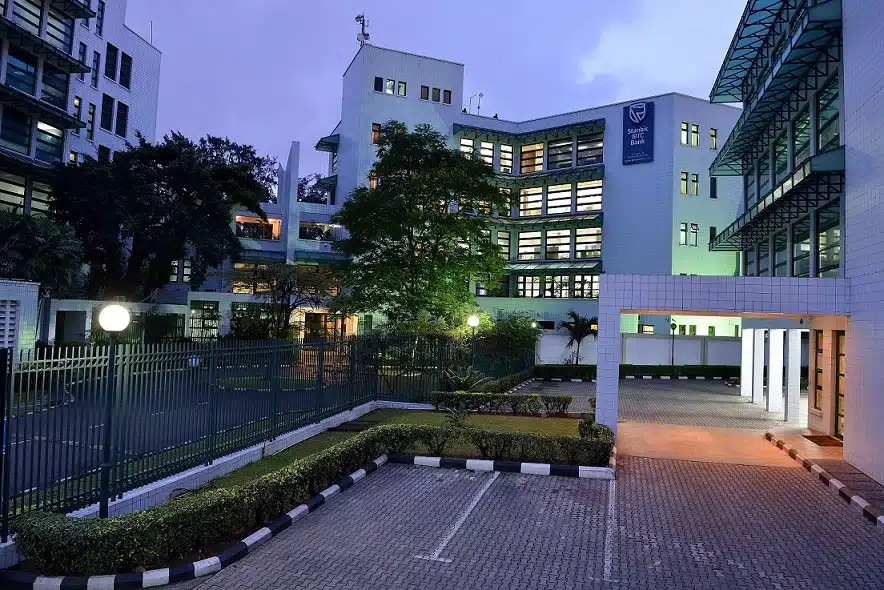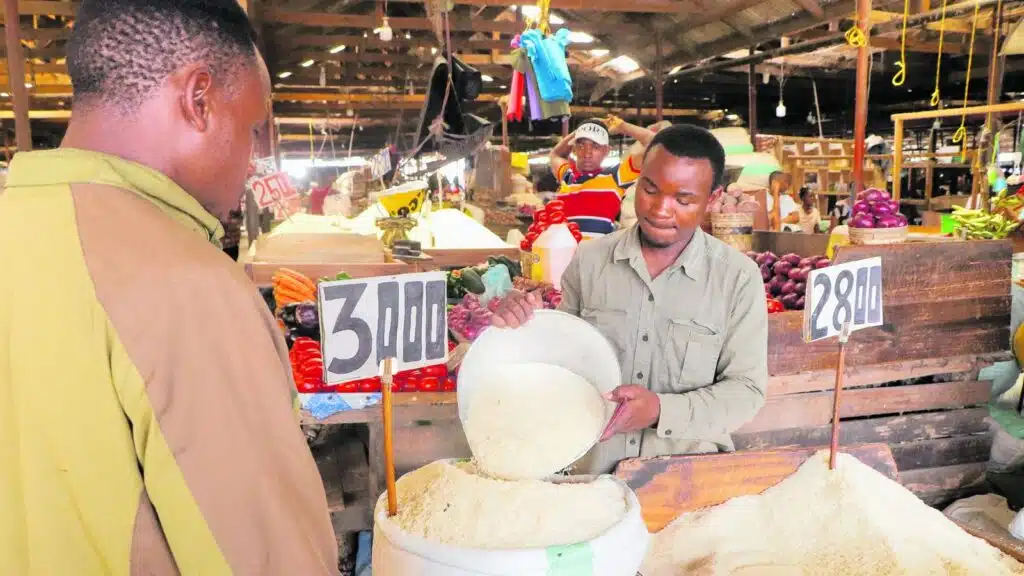Kenya’s mobile money sector slowed in May 2025, with transaction volumes falling to their lowest level since October 2024.
Data from the Kenya National Bureau of Statistics show 214.5 million transactions were recorded during the month — a steep 29.2% drop from April’s 303.1 million. The decline points to a weakening base of small, frequent payments, even though mobile money remains a cornerstone of the country’s financial system.
But overall, the value of transactions rose from KSh 699 billion ($5.39 billion) in April to KSh 713 billion ($5.51 billion) in May. This suggests consumers may be using mobile money for fewer but higher-value transactions, potentially in response to rising costs and squeezed household budgets.
Central Bank of Kenya (CBK) data also show active mobile money subscriptions fell to 85.6 million from 86 million in April. Yet, the number of registered agents increased by 6,405 to reach 424,404 — indicating continued investment in service availability despite softer usage.
The slowdown comes amid shifts in market dynamics. Safaricom’s M-Pesa, long the dominant player, saw its market share dip to 90.8% in the first quarter of 2025, as Airtel Money expanded to 9.1% on the back of aggressive pricing and rapid agent network growth. This erosion of M-Pesa’s network effect is reshaping how, where, and why Kenyans transact.
Analysts point to several possible drivers of the May slump. Economic strain is limiting discretionary spending, pushing households to prioritise essential payments and consolidate transactions. Transaction fees may be discouraging low-value payments, while consumers increasingly seek cheaper or alternative channels.
Policy uncertainty has also lingered over the sector. The government, under fiscal pressure, proposed in its Finance Bill 2025 to enhance monitoring of M-Pesa transactions — a move widely perceived as laying the groundwork for increased taxation and surveillance. Though the measure was dropped over fears of pushing users back into the cash economy, public awareness of such proposals has remained high.
Mobile money has been one of Kenya’s most transformative financial innovations — driving inclusion, facilitating commerce, and enabling micro-savings and credit. According to the World Bank, Kenya had the highest bank account ownership rate in sub-Saharan Africa, rising to 90.1% in 2024 from 79.1% in 2021.
However, the latest mobile money figures highlight a potential inflection point. Sustained declines in transaction volumes could signal deeper economic challenges and shifting consumer behaviour, even as transaction values remain robust.
For service providers and policymakers, the task ahead will be to sustain usage by balancing affordability, accessibility, and trust — ensuring mobile money remains not just a high-value payment channel, but also a daily lifeline for millions.
All figures are converted using the average exchange rate of $1 = KSh 129.5 for April 2025 and $1 = KSh 129.3 for May 2025.










